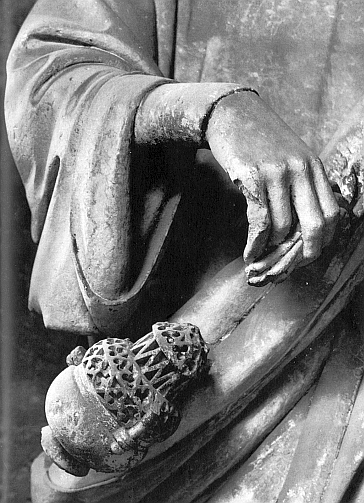Conference on Censers in Bern, organised by Beate Fricke together with Ittai Weinryb

The burning of incense is one of the most pervasive religious practices today and throughout history. The fragrant smoke filling the air can be witnessed in any tradition, whether polytheistic or monotheistic, whether in the Ancient Near East, Modern US, or Medieval Europe. Censers are ubiquitous among religious paraphernalia, and on a truly global scale. Surprisingly, however, little scholarly attention has been given to censers and the rituals they facilitate. In this conference we propose to explore these commonly used yet seldom studied objects from a comparative perspective. This investigation entails consideration of the material fabrication of censers themselves and their subsequent significations, as well as the role of the incense itself as it vaporizes in the course of religious ceremonies. By comparing we aim to unveil resemblances and differences across various religions that at the same time can give evidence to the particularities of a specific tradition. Through these objects we also hope to interrogate dominant narratives in Art History defined by exclusive categories like “the era of art” or by retrospectively defined periods or artistic developments aligned with dynasties.
The study of censers is particularly timely in the fields of History of Religion, History of Art, Archaeology, material culture and Anthropology, and not only for filling gaps in the objects’ documentation. The combination of the solid censer and the ephemeral smoke produced by the burning of incense offers a fertile ground for examining questions central to these fields of study regarding the relation between the material and the immaterial, and between artifacts, biotic substances, and codified practices. Centering on the censer thus not only places the object in a constellation of other religious artefacts, but also relocates the importance of rituals that have long been placed at the margins of the study of religion, art, and ritual. Emerging from this, we hope, is a better grasp of the role of sensorial elements in the fostering of the devotional practices of world religions. Acknowledging the need for an interdisciplinary approach to the profound questions provoked by the censer as object and as site, the project aims to unite scholars from different fields of study in an exploration of the censer and its materiality, ontology, and presence.